The society honors Han Young-suk, a revered master of Korean dance. Han inherited a repertoire of traditional forms, including Seungmu, Hakchum, Salpuri, and Taepyeongmu, from her grandfather, Han Seong-jun.
A pivotal figure in the art form, she meticulously trained a new generation of dancers and was recognized as a National Intangible Cultural Heritage holder for her profound mastery of Seungmu and Hakchum.
The evening's program featured a series of evocative performances. Joo Yeon-hee presented Seungmu, a contemplative solo. Kim Han-saem performed Gainyeook, a graceful work incorporating fans.
The regal Taepyeongmu was showcased by Yang Seo-yoon and Son Hye-young, while Yeom Hyun-joo offered the poignant Salpuri-chum. Kang So-jeong embodied the elegance of the Hakchum, and Kim Ji-young and Choi Ji-yeon captivated the audience with Sanjo-chum.
Among the traditional forms, Seungmu stands out as a distinctive folk dance. Dancers, cloaked in a white jangsam (monk's robe) and a red gasa (Buddhist stole) draped over the shoulder, complete their austere attire with a white gokkal (pointed hat). Its intricate movements and unique techniques define its character.
In contrast to the highly commercialized idol dances often seen on television, traditional Korean dance, with its understated elegance and disciplined beauty, offers a profound and immersive experience for audiences.

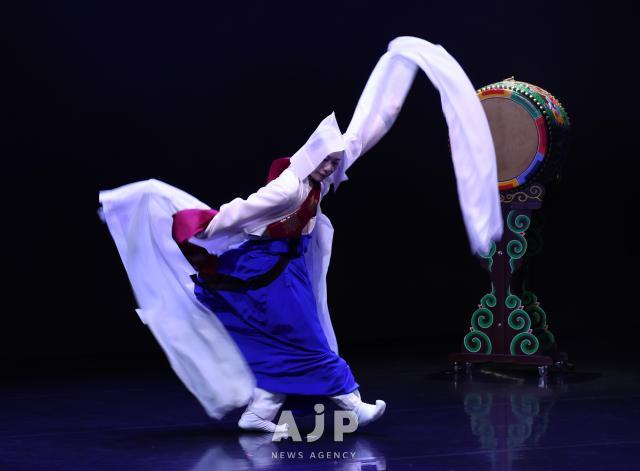

"Gainyeook," meaning "a beautiful woman like jade," is a dance piece that has evolved to incorporate fan work. While originally emphasizing improvisation without a fixed structure,
it has since developed a more defined style, elegantly portraying a woman who is both refined and restrained, yet imbued with a captivating vivacity.
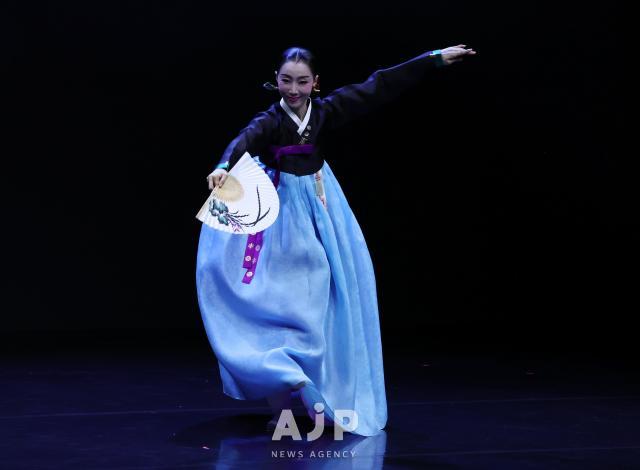
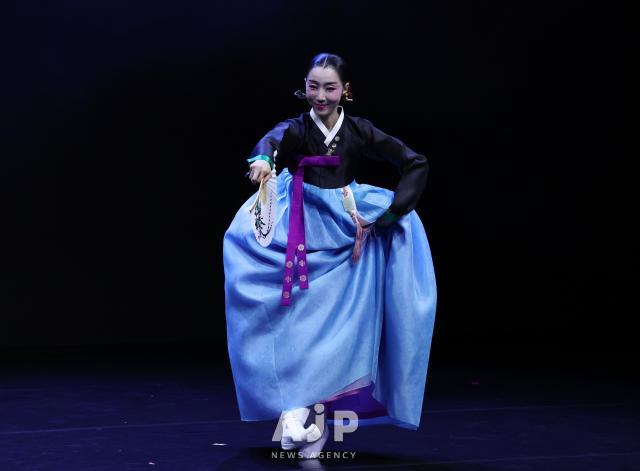
Taepyeongmu is a celebratory dance performed to invoke peace and prosperity for the nation.
Dancers, adorned in the majestic attire of a queen, evoke the grandeur and opulence of traditional court dance. It is often regarded as one of the most technically demanding dances in the Korean repertoire.
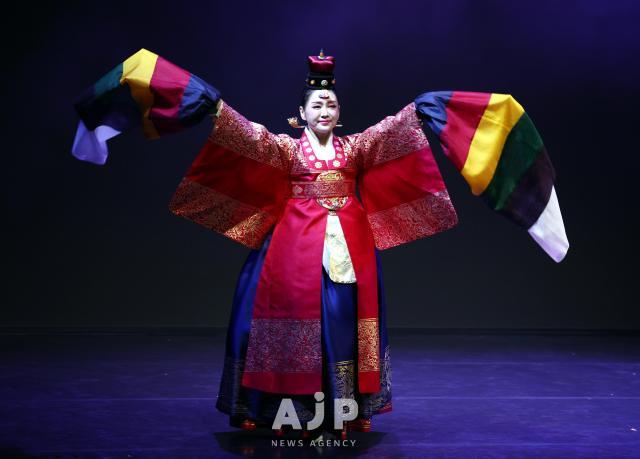
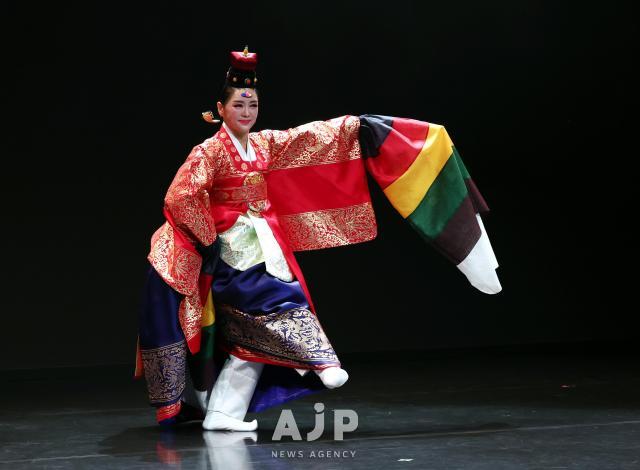
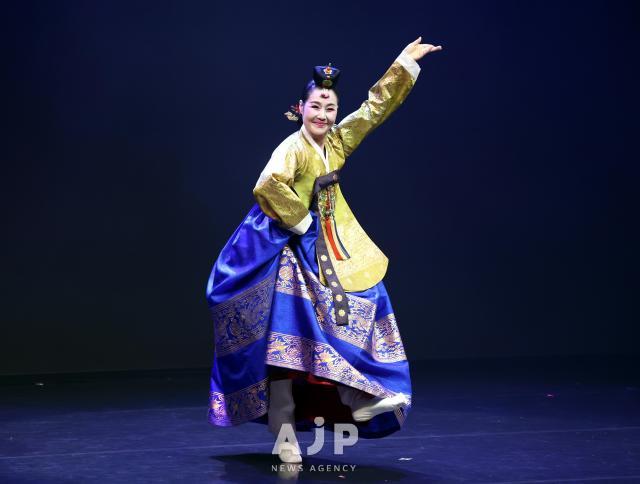
Salpuri-chum is a powerful expression aimed at dispelling negative energies, or "sal." It deftly navigates the duality of "han" (a profound sense of sorrow or unresolved longing) and "heung" (joy or excitement).
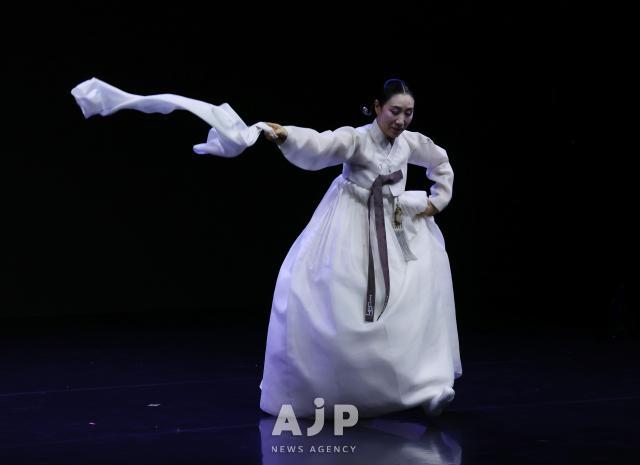
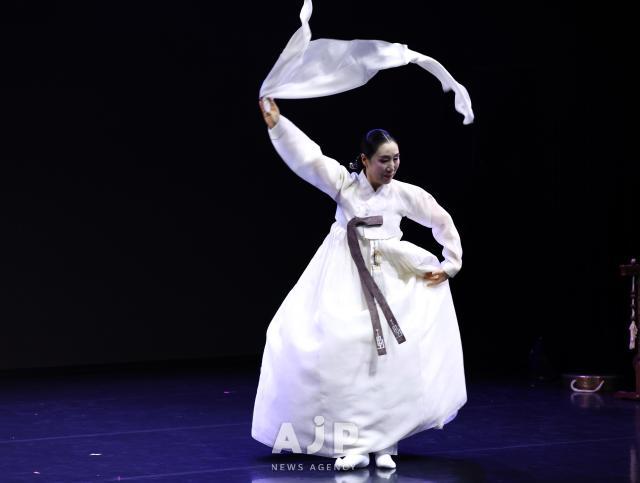
Hakchum, or the crane dance, is an imitative form where performers wear masks and costumes resembling cranes, mimicking the bird's graceful movements. It traditionally symbolizes longevity.
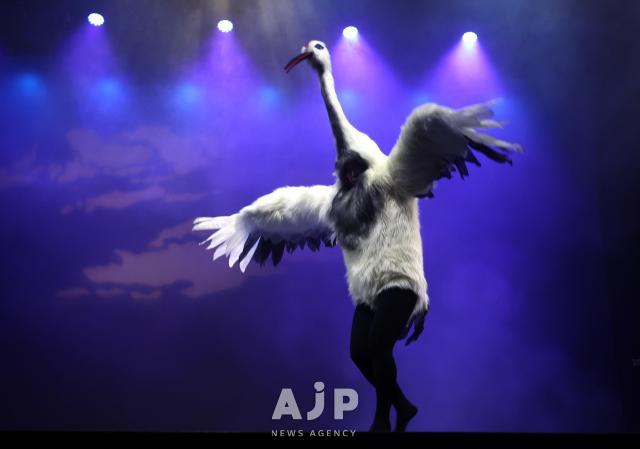
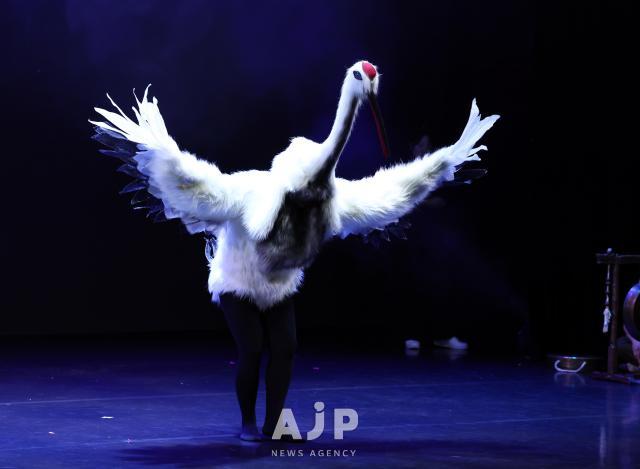
Sanjo-chum is a free-flowing, improvisational dance performed to Sanjo music, characterized by its melodic structure that emerges from the scattering and converging of various rhythmic patterns.
Its inherent spontaneity allows for a broad spectrum of creative expression, translating human emotions into fluid physical movements.

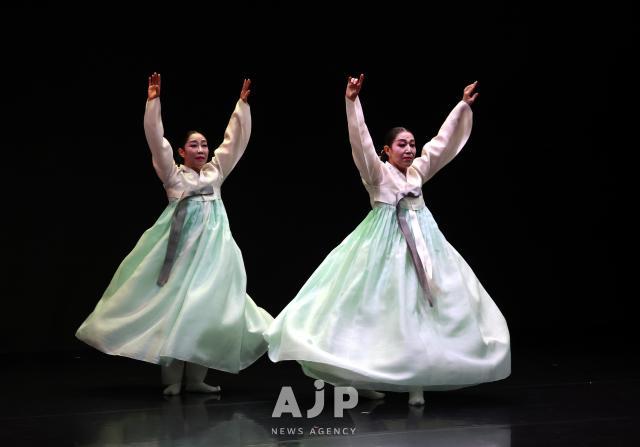


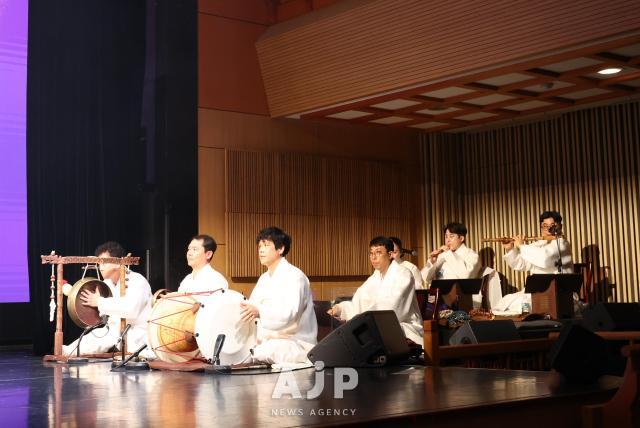
Copyright ⓒ Aju Press All rights reserved.

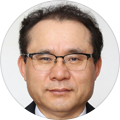
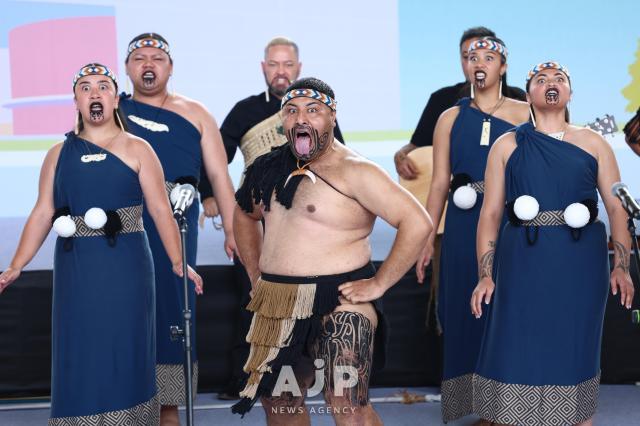
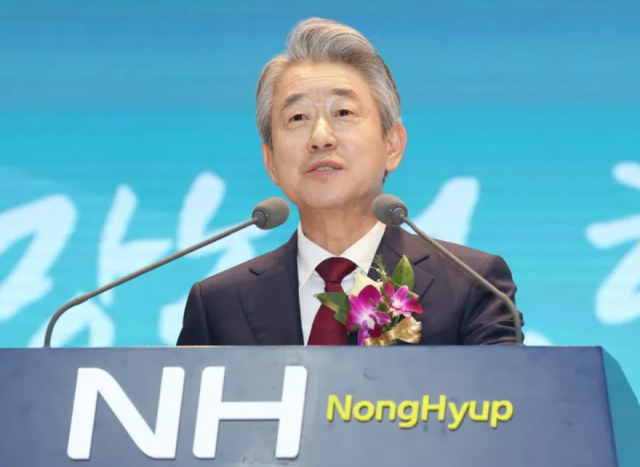
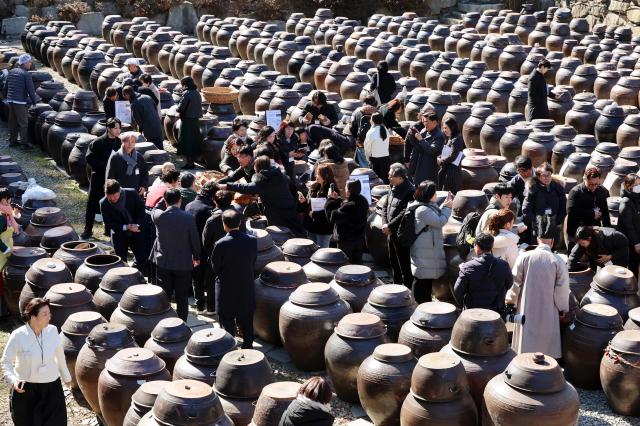
View more comments